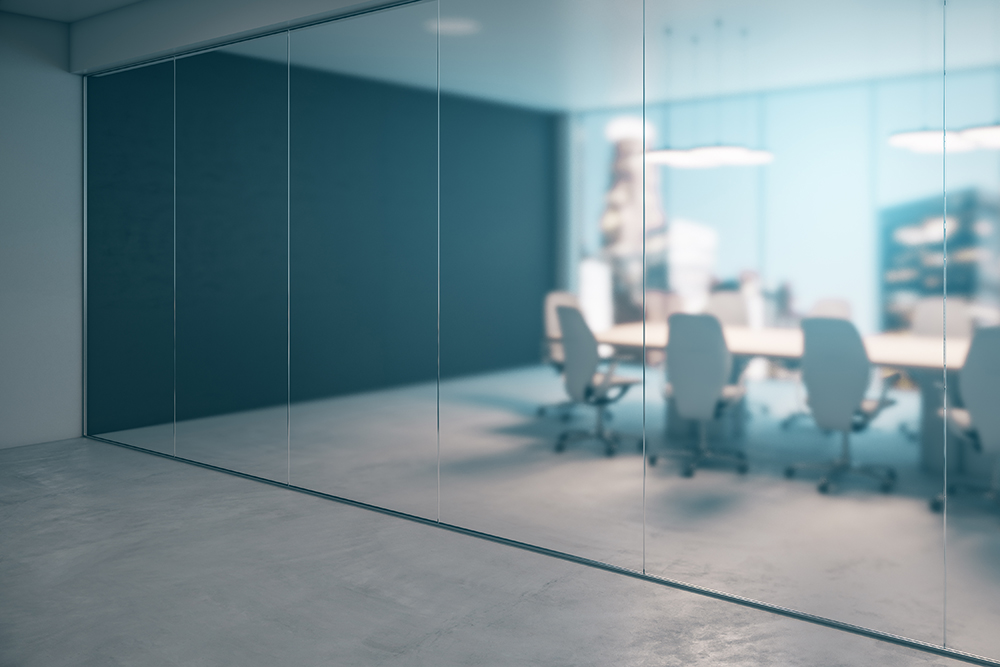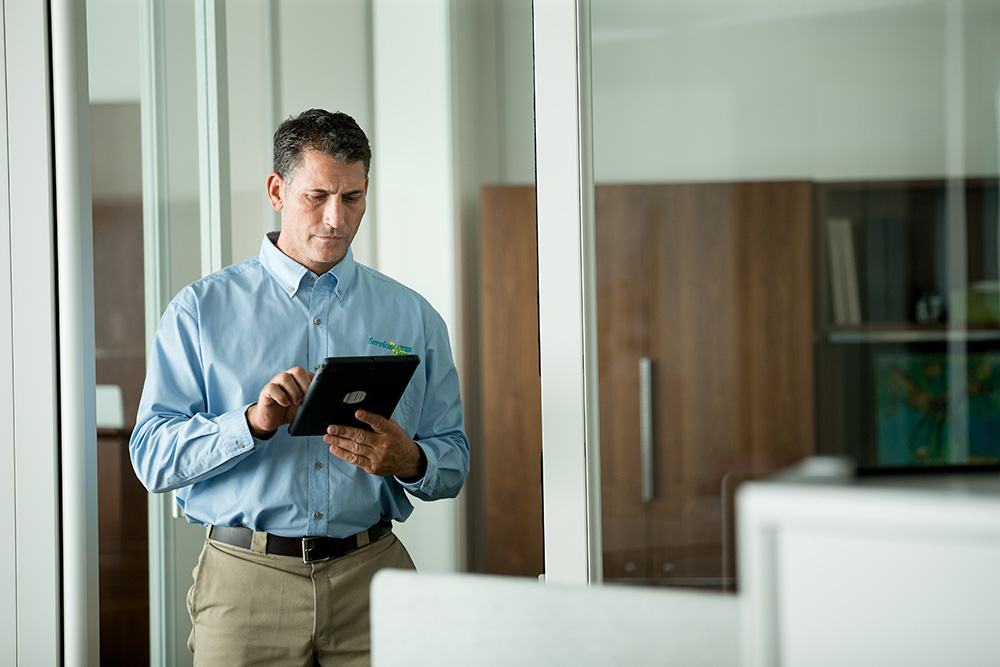FAQs
More FAQs- I think my hard surface floor's appearance should be improved, but I'm concerned about the price. What should I do?
- What is post construction cleaning?
- What steps are taken to safeguard our building security?
Consider the cost of non-action. Urethane not only makes your floors shiny, which gives the perception of cleanliness, but it protects your flooring investment. Floors are subject to traffic wear patterns, chemicals and stains as well as scratching. Applying a urethane finish will protect your floors and extend their life span. Compared to the cost of the typically recommended traditional acrylic floor maintenance program, urethane generally represent a cost savings for you over time.
Construction clean-up is a service provided to brand new buildings or buildings that are being remodeled. While building contractors will do a general clean-up of construction debris, a detailed clean is required to remove all the dust and dirt left behind.
ServiceMaster Clean understands the critical importance of office security and prides itself on complying with our customers’ requirements. ServiceMaster Clean enforces a strict policy regarding all keys and security passes issued. Our employees wear a Company Uniform and have ID Badges so they are clearly identifiable at all times while on the job.




